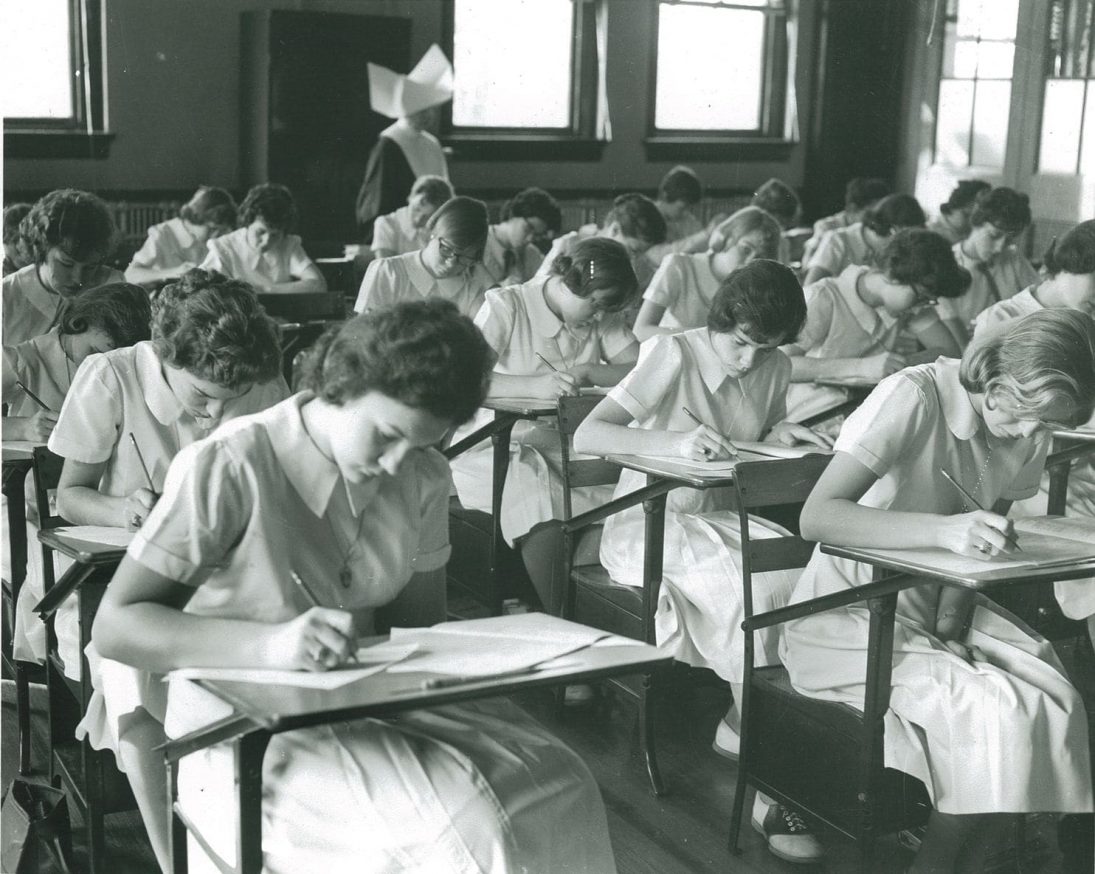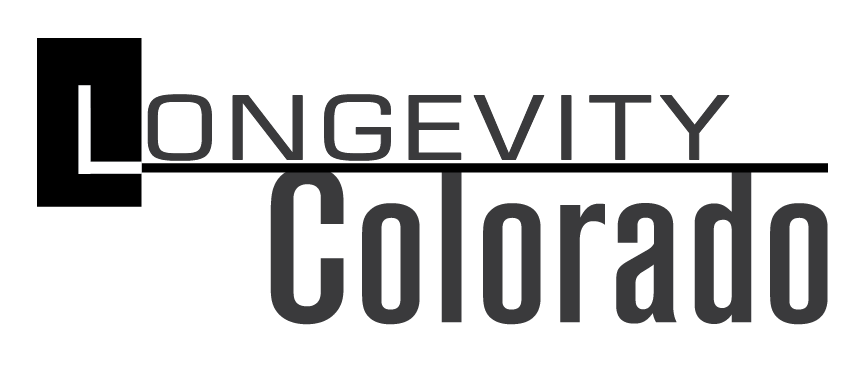In 1960, Joan Levin, 15, took a test that turned out to be the largest survey of American teenagers ever conducted. It took two-and-a-half days to administer and included 440,000 students from 1,353 public, private and parochial high schools across the country — including Parkville Senior High School in Parkville, Md., where she was a student.
Students answered questions about academics and general knowledge, as well as their home lives, health, aspirations and personality traits. The test was intended to identify students with aptitudes for science and engineering.
A study released this month found that subjects who did well on test questions as teenagers had a lower incidence of Alzheimer’s and related dementias in their 60s and 70s than those who scored poorly.
Specifically, those with lower mechanical reasoning and memory for words as teens had a higher likelihood of developing dementia in later life: Men in the lower-scoring half were 17 percent more likely, while women with lower scores were 16 percent more likely.
A follow-up study underway of a smaller sample of the Project Talent pool — 22,500 people — will be weighted to reflect today’s population mix and will dig more deeply into age-related brain and cognitive changes over time.

